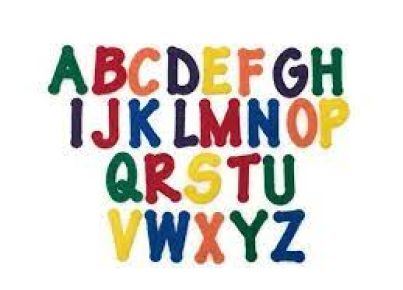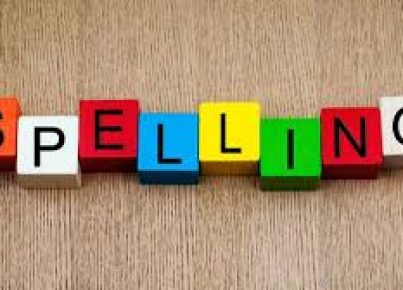Educators are continuously seeking innovative methods to make learning more engaging for students, and one creative strategy that has shown promising results is the incorporation of comic strips into literacy lessons. Comics, with their combination of visuals and text, can wonderfully bridge the gap between entertainment and education, making them a valuable tool in any educator’s arsenal.
The use of comic strips in the classroom brings a multitude of advantages. Firstly, they can make reading more appealing to reluctant readers who might be intimidated by large blocks of text. The visual elements provide context clues and break down the narrative into manageable parts, thus reducing anxiety and encouraging positive reading experiences. Secondly, comics can stimulate creativity and imagination, leading to better engagement and retention of information.
Incorporating comic strips into lesson plans can start with simply using existing comics as reading materials. Students can analyze the characters, plot development, and dialogue to enhance comprehension skills. To take it one step further, educators can encourage students to create their own comic strips. This activity not only reinforces literacy skills but also encompasses other educational domains including art, storytelling, and even technology if digital tools are used for creation.
Creating comic strips requires students to summarize information succinctly due to space constraints inherent in the form. This encourages them to prioritize information and convey messages effectively – key skills in both written and verbal communication. Furthermore, when students work on creating dialogues for their characters, they practice correct punctuation, grammar, and nuances of language that are necessary for direct speech.
There’s also the collaborative aspect to consider; working on comic strips can be a great group activity. By assigning roles – such as writer, illustrator, or editor – each student contributes uniquely to the final product. Notably, this teaches teamwork while also allowing students with different strengths to shine in various aspects of the project.
To foster a love for reading and writing through comic strips, teachers could introduce a ‘Comic Book Day’ where everyone shares their favorite comics or showcases their creations. Such events encourage students to appreciate diverse literary formats and recognize that storytelling is multifaceted.
With so many genres within comic books themselves — from superheroes to slice-of-life — educators have a broad range of themes to choose from to fit any curriculum area. Tie-ins with history (historical figures or events), science (adventures that include scientific facts), or cultural studies (exploring different cultures through comic book narratives) showcase how versatile this medium is.
In conclusion, utilizing comic strips in literacy lessons represents an effective tactic to engage students in a fun and dynamic way while reinforcing essential reading and writing skills. It stimulates visual literacy, fosters creative expression, promotes critical thinking skills, encourages dialogue about complex topics in an accessible format, and most importantly makes learning an enjoyable experience. When combined with traditional teaching practices, comic strips could be the key to unlocking new levels of literacy among learners of all ages.





